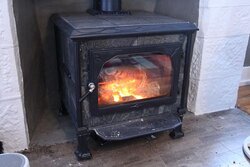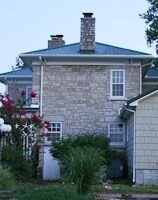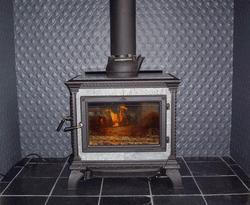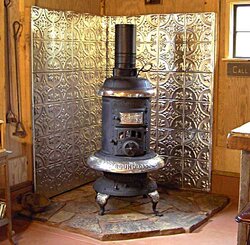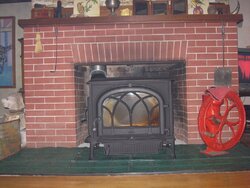I recently had a hearthstone mansfield installed. Been pretty happy with it overall, however the only way we're able to keep the room, let alone any adjacent rooms warm is by placing a fan next to the unit. The house is 135 yrs old and very poorly insulated, and has LOTS of single pane windows. Even with the fan, the unit only keeps the one room 'comfortable' and its a 18x18 or so sized room.
The Mansfield is installed in an old open fireplace, with the flu running up the chimney. I am concerned that a lot of the heat is going up the chimney instead of out into the room. I asked the installer if he should seal the bottom of the chimney and he said this was a typical installation and since the chimney was sealed at the top the heat was not technically lost; it would just heat up the structure, and thus warm the house. Which makes sense to a degree, but i think he is underestimating just how drafty and cold this old stone house gets and how hard it is to keep it warm once it gets cold.
Not sure if I should pressure him to come back and seal the bottom of the chimney, or if I need to consider a blower or if perhaps a radiant type wood stove was not the ideal fit for this house. Anyone have any thoughts or experience with a similar installation?
The Mansfield is installed in an old open fireplace, with the flu running up the chimney. I am concerned that a lot of the heat is going up the chimney instead of out into the room. I asked the installer if he should seal the bottom of the chimney and he said this was a typical installation and since the chimney was sealed at the top the heat was not technically lost; it would just heat up the structure, and thus warm the house. Which makes sense to a degree, but i think he is underestimating just how drafty and cold this old stone house gets and how hard it is to keep it warm once it gets cold.
Not sure if I should pressure him to come back and seal the bottom of the chimney, or if I need to consider a blower or if perhaps a radiant type wood stove was not the ideal fit for this house. Anyone have any thoughts or experience with a similar installation?


